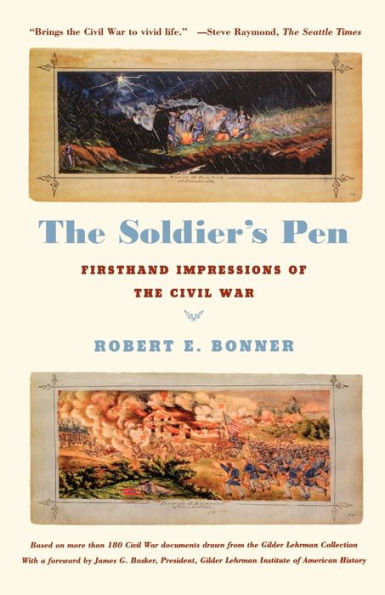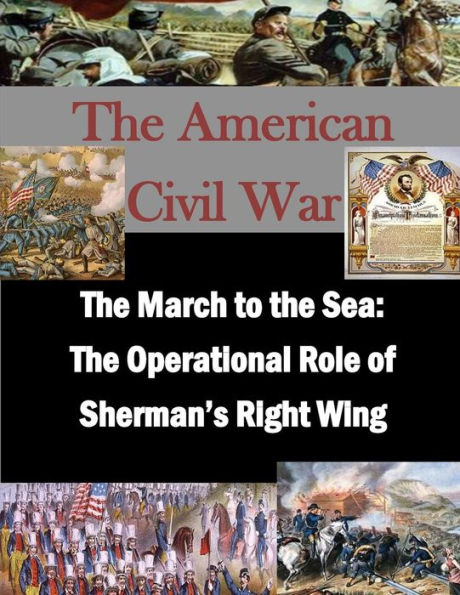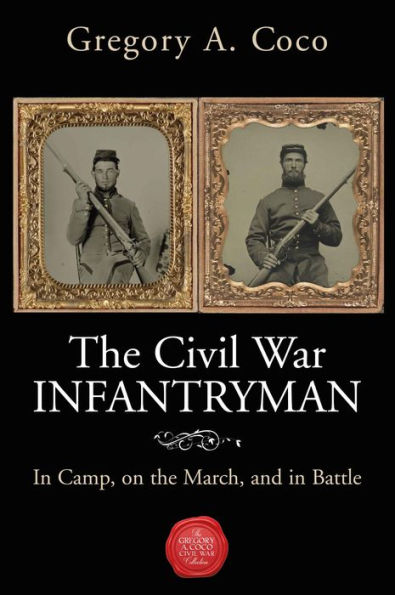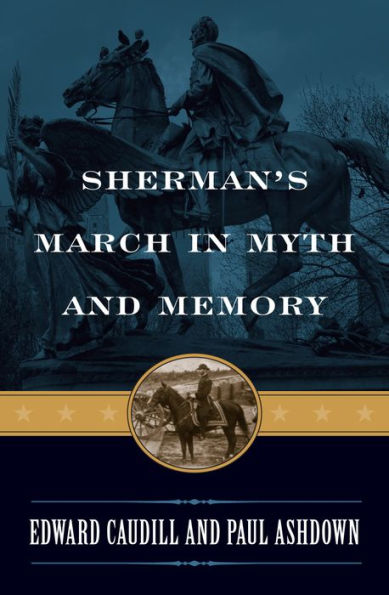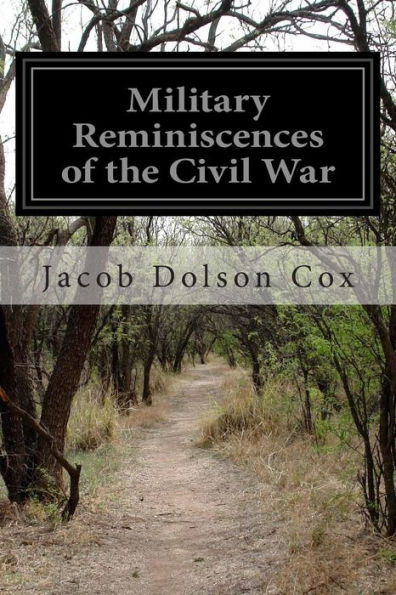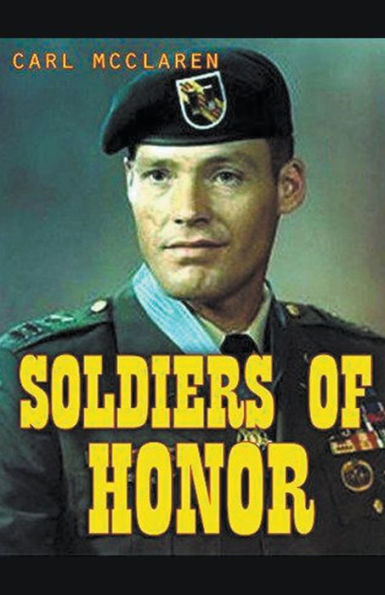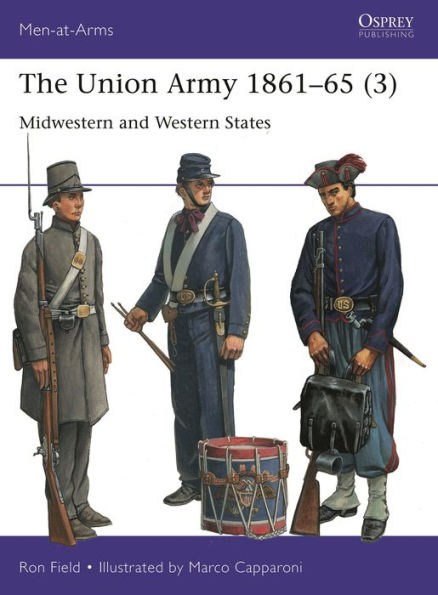Home
Soldiers from Experience: The Forging of Sherman's Fifteenth Army Corps, 1862-1863
Loading Inventory...
Barnes and Noble
Soldiers from Experience: The Forging of Sherman's Fifteenth Army Corps, 1862-1863
Current price: $50.00
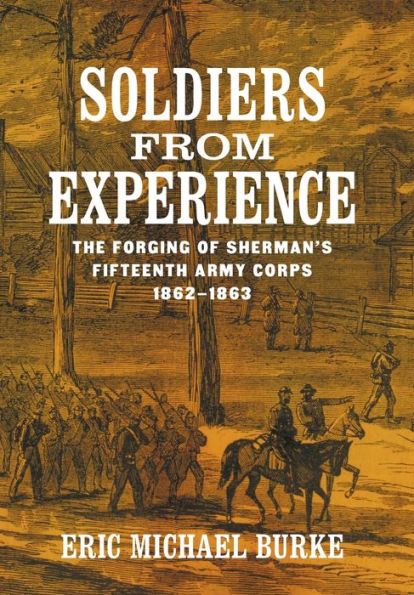

Barnes and Noble
Soldiers from Experience: The Forging of Sherman's Fifteenth Army Corps, 1862-1863
Current price: $50.00
Loading Inventory...
Size: Hardcover
*Product Information may vary - to confirm product availability, pricing, and additional information please contact Barnes and Noble
In
Eric Michael Burke examines the tactical behavior and operational performance of Major General William T. Sherman’s Fifteenth US Army Corps during its first year fighting in the Western Theater of the American Civil War. Burke analyzes how specific experiences and patterns of meaning-making within the ranks led to the emergence of what he characterizes as a distinctive corps-level tactical culture. The concept—introduced here for the first time—consists of a collection of shared, historically derived ideas, beliefs, norms, and assumptions that play a decisive role in shaping a military command’s particular collective approach on and off the battlefield.
Burke shows that while military historians of the Civil War frequently assert that generals somehow imparted their character upon the troops they led, Sherman’s corps reveals the opposite to be true. Contrary to long-held historiographical assumptions, he suggests the physical terrain itself played a much more influential role than rifled weapons in necessitating tactical changes. At the same time, Burke argues, soldiers’ battlefield traumas and regular interactions with southern civilians, the enslaved, and freedpeople during raids inspired them to embrace emancipation and the widespread destruction of Rebel property and resources. An awareness and understanding of this culture increasingly informed Sherman’s command during all three of his most notable late-war campaigns.
Burke’s study serves as the first book-length examination of an army corps operating in the Western Theater during the conflict. It sheds new light on Civil War history more broadly by uncovering a direct link between the exigencies of nineteenth-century land warfare and the transformation of US wartime strategy from “conciliation,” which aimed to protect the property of Southern civilians, to “hard war.” Most significantly,
introduces a new theoretical construct of small unit–level tactical principles wholly absent from the rapidly growing interdisciplinary scholarship on the intricacies and influence of culture on military operations.

